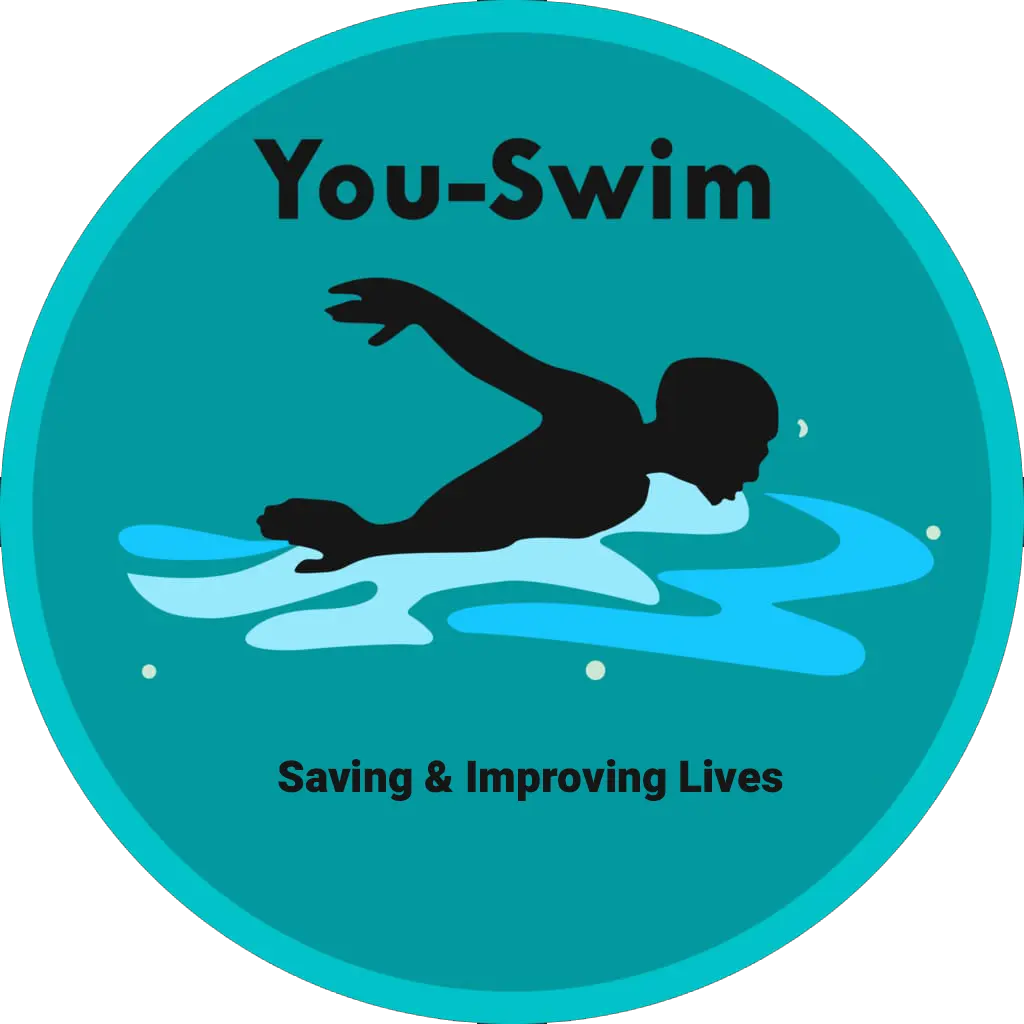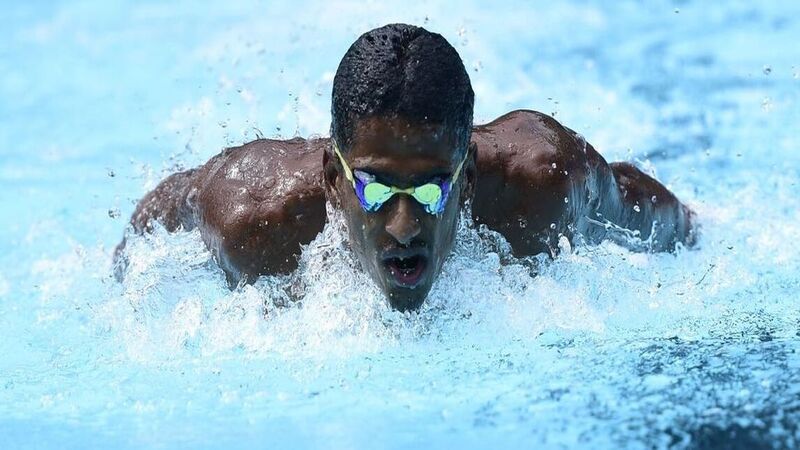Introduction
Swimming has been with us for around 7,000 years. We have developed different swimming strokes and styles over time. There are usually many reasons why people swim. Some want to learn to swim for leisure, competitive swimming, exercise, survival, or self-improvement. Swimming may also be used to rehabilitate injuries, especially various cardiovascular and muscle injuries. For this, then you need to learn the best swimming strokes and styles.
There are four most common swimming strokes and styles. These are some of the best-developed types of swimming in virtually any body of water;
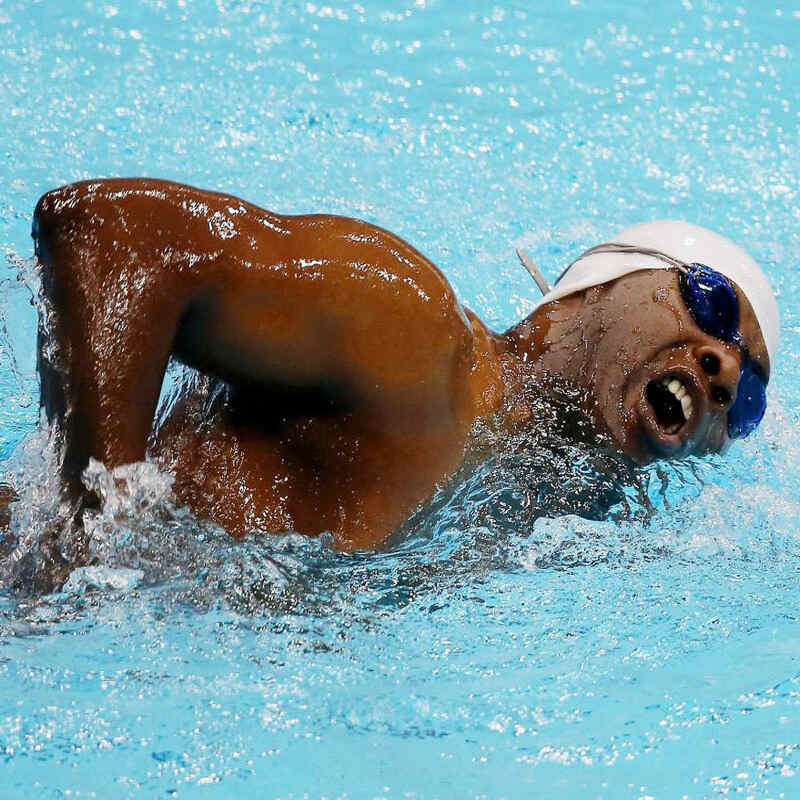
Freestyle/ Front Crawl Swimming Stroke
Front crawl is also known as the freestyle stroke. The reason the stroke has taken up the name “freestyle” is that originally, in freestyle events, the competitors were allowed to swim whichever stroke they liked that would move them the fastest. Soon, professional swimmers quickly found out that the front crawl was the fastest stroke and that is why everyone swims the front crawl during a “Freestyle Race”. Thus the name “freestyle”. The speed is because one arm is always pulling underwater delivering powerful propulsion.
To swim the front crawl stroke, lie on your stomach with your body parallel to the water. Propel yourself forward by alternating arm movements in a windmill motion that starts by pushing the arm underwater and recovering above water. Your legs should propel you with a flutter kick. The flutter kicks are performed with pointed feet as your legs move up and down in alternating movement. Try not to bend your legs at the knee while kicking.
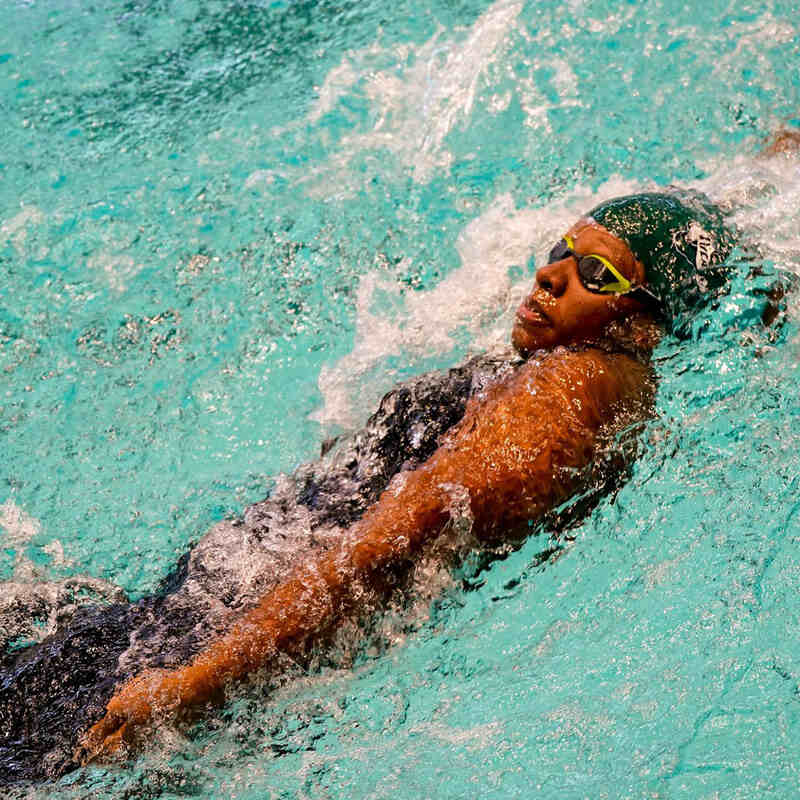
Backstroke/ Back Crawl
To perform the breathing technique, turn your head to the side while your arm is in the recovery position (above water). Do not turn your head too far and face upward because it will result in you sinking into the water rather than remaining above it.
Also known as the back crawl, it is the only stroke that is swum on the back. This swimming stroke is similar to an upside-down freestyle or front crawl. The backstroke movements imitate those of the front crawl, but it is done, as the name suggests, on your back.
To perform this stroke, float on your back and alternate your arms with a windmill-like motion to propel yourself backwards. Similar to the front crawl, your arms should start the circular motion by pushing underwater and recovering above water. Your legs should engage in a flutter kick movement. Your face should be above the surface as you look straight up to the sky.
Keep your body as straight as possible, with a slight decline in the lower body to keep your legs underwater. Don’t allow your hips to get too low or your body to bend too much because this will slow you down. Keep your legs close together as in a front crawl and use the motion from your hips to get a more powerful kick.
Doctors often recommend this stroke to individuals with back problems as it provides a great back workout.
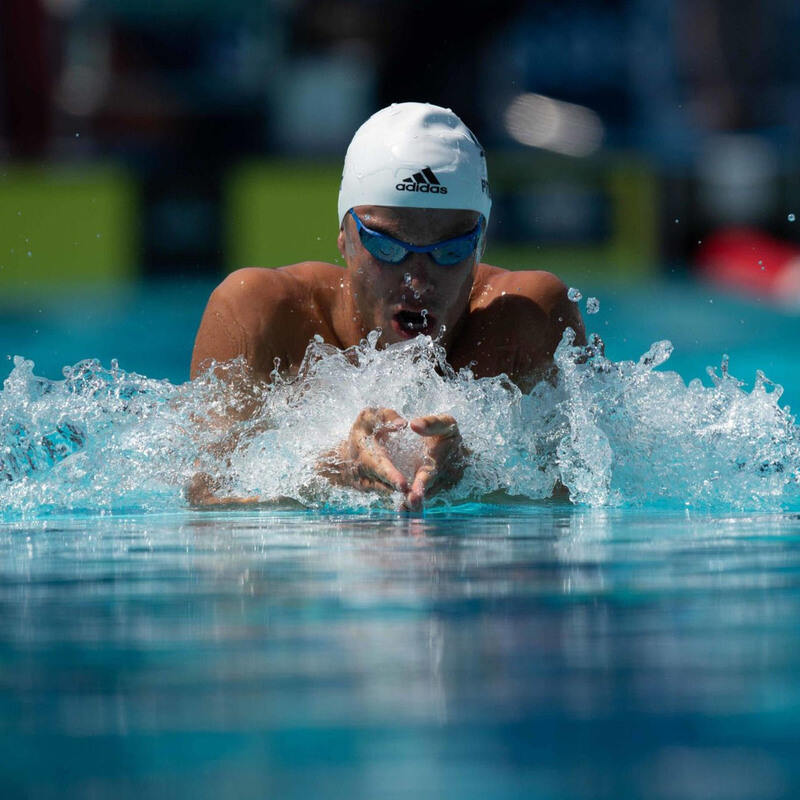
Breaststroke
If you are new to swimming, breaststroke might be the easiest stroke to start with. Breaststroke is also a good option for anyone looking for a slower alternative stroke to freestyle.
To execute the breaststroke, float with your stomach facing down, then move your arms in a half-circle motion in front of the body. To perform the breaststroke, bring your legs from straight behind you close to your body by bending both at your knees. Your legs then move outward and off to your side before extending and coming back together. This swimming technique is often compared to a frog’s movement.
The inhalation occurs when the hands meet below the chest and the head and shoulders rise out of the water.
Time each arm stroke to match your leg movements for more effective propulsion by resting the arms while the legs kick, and straightening the legs while the arms push you forward.
Breaststroke is a great workout and is usually recommended for those who swim for exercise.
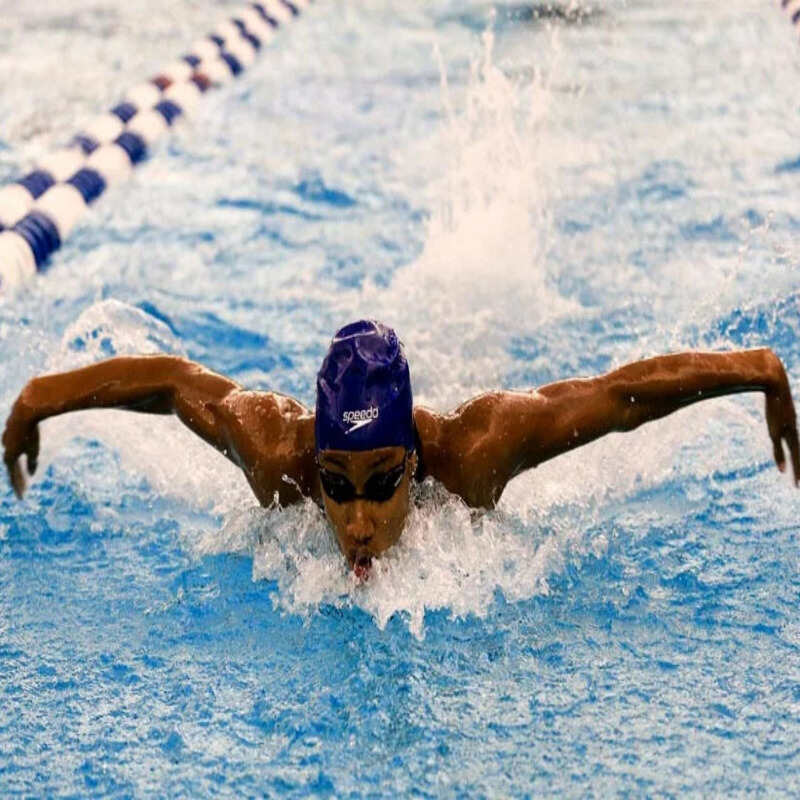
Butterfly Swimming Stroke
The butterfly is an advanced swimming stroke and is usually the last stroke to learn. Learning can be more difficult and tiring, but it is also a lot of fun once mastered. It is the second fastest competitive stroke.
To perform the butterfly stroke, start horizontally with your stomach facing down. Bring both your arms over your head and push them into the water to propel you forward and bring them up out of the water again to repeat. As you move your arms into the water, you will push your head and shoulders above the surface of the water to breathe.
Your legs will perform a dolphin kick, which requires your legs to stay together and straight as you kick them similar to how a dolphin’s lower body and tail move. Move your body in a fluid wave-like motion.
The best time to take a breath will be when your arms are just starting to come out of the water, just before you begin the next forward thrust. Lift your head straight in front of you during this move and breathe. Do not turn your head to the side.
This is a challenging stroke to learn, but if you take swimming classes in private, you can work diligently to learn this challenging stroke. A swimming teacher will help you learn the proper technique and guide you until you perfect it.
Conclusion
Swimming is fun, more so if you know how to swim the strokes right. If you are ready to learn how any of the swimming strokes right, swimming lessons are the best bet. At You-Swim, we offer high-quality, affordable swimming classes for both kids and adults. We offer group classes, personalized individual classes, and private swim lessons from the comfort of your home/neighbourhood.
Contact You-Swim today to schedule swimming lessons in Nairobi, Kisumu, Naivasha, Eldoret, Nakuru, and Mombasa at 0790407181. Or, you can make your booking here, for either/both adult(s) and kid(s). We will reach out to you to confirm and schedule the classes.
As with any sport, the best way to improve or to become truly great is with hard work and practice. Taking swimming lessons is a great place to start, regardless of age or skill level. And most importantly, enjoy the time you spend in the water.
Digital Marketer: Roseline Maina
